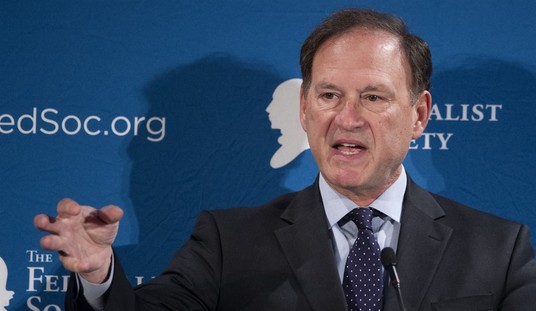After decades of premature babies surviving birth at fewer and fewer weeks old a new solution to many of the issues these babies deal with through life could be forthcoming.
The scientific journal Nature Communications published Tuesday about an artificial amniotic sac that is keeping baby lambs (a close model to premature humans) alive and gestating for another four weeks after initial delivery.
This could mean survival for many babies born between 23 and 25 weeks, roughly of which 50 percent die after birth due to complications.
One common complication has to do with those first few moments after birth when a baby takes its first breaths. The lungs stop developing once oxygen touches their lungs, leading to arrested lung development and likely lifelong breathing issues.

Here’s how the artificial womb attempts to remedy the critical issue of lung development:
With the artificial womb, the infant would continue “breathing” through the umbilical cord as its floats in amniotic fluid, which would flow into and out of the bag. Using its tiny heart, the fetus would pump its own blood through its umbilical cord and into an oxygenator, where the blood would pick up oxygen and return it to the fetus—much like with a normal placenta. In addition to boosting lung growth, the amniotic fluid would protect the baby from infections and support the development of the intestines.
While there are still many issues with artificial wombs, the idea has been tried before and met with failure, it would give hope and life to many parents of babies born too soon.
Of course, as anything involving fetal viability, pro-abortionists would likely have a problem with such a technological development as they fear a baby at 20 weeks might be seen as just as human as a baby of a ripe old age of 23 or 25 weeks. It certainly always amazes to see the “Party of Science” reject science at every turn when it comes to abortion.
In any event, this is a remarkable development that will hopefully be a step along the way for many of the approximately 30,000 babies born prematurely every year a chance at a better life, or even at life itself.














Join the conversation as a VIP Member